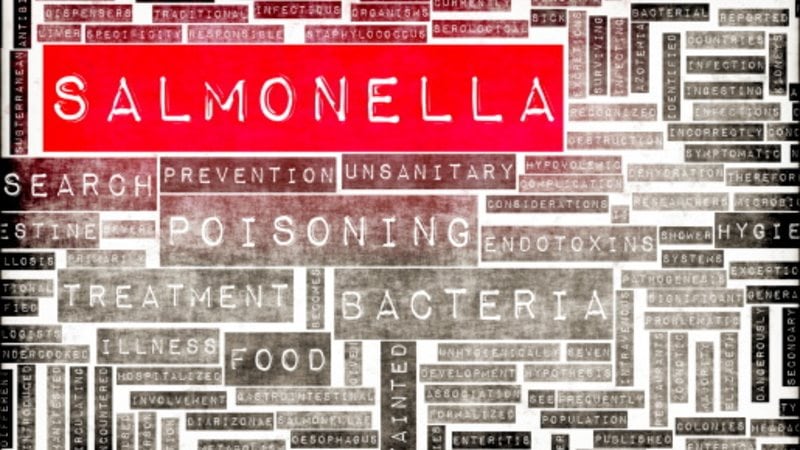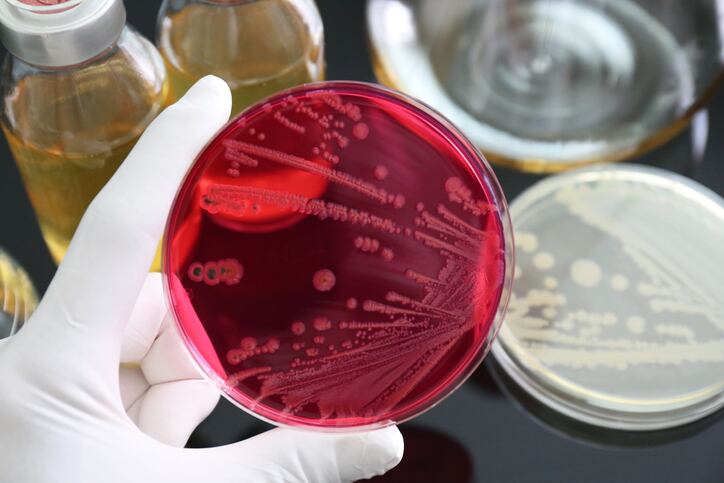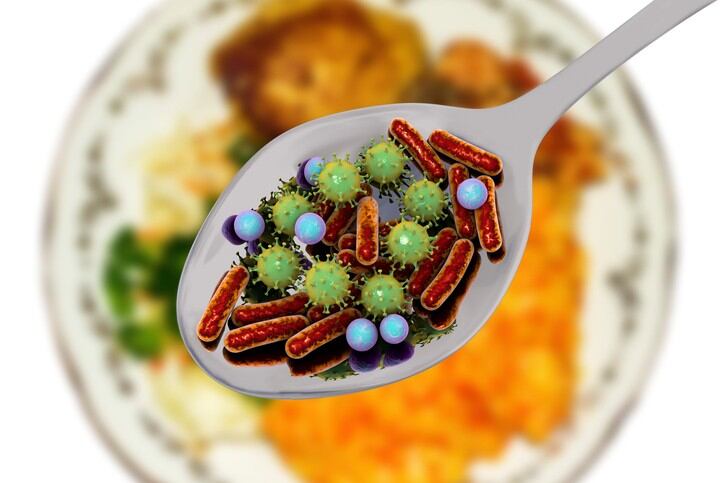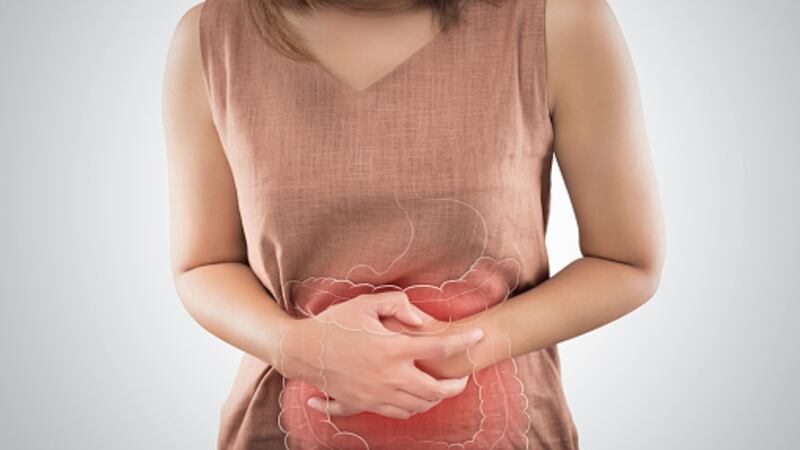The report was recently released by the New South Wales (NSW) Food Authority, and these findings were reported under the state’s Raw Poultry Verification Programme.
The programme collected 196 whole chickens and chicken portions from processing plants and 312 chicken portions from retail outlets across the state, all of which were bound for consumer purchase and consumption.
“For the samples from processing plants, Salmonella was detected in 21.4% of samples and Campylobacter was detected in 86.7% of samples,” said the NSW Food Authority.
“[Of these], 9.2% of the samples had quantifiable levels of Salmonella at a concentration above 13 MPN/100cm2 for chicken portions and 65 MPN/carcase for whole chickens, and 6.4% of the samples had quantifiable levels of Campylobacter (10 cfu/cm² for chicken portions and 5,000 cfu/carcase for whole chickens.”
The Most Probable Number (MPN) and Colony Forming Units (CFU) units are used to estimate the concentration or number of viable bacteria found in a sample.
The results of chicken collected further down the food chain and closer to consumers at retail outlets was not much better: 25.8% of samples tested positive for Salmonella (1.7% of samples with quantifiable levels), and Campylobacter was detected in 89.9% of samples (again 6.4% with quantifiable levels).
The detection of both types of bacteria, at any concentration, is a cause for concern as a single cell is all that is required to trigger a food poisoning incident – and NSW has already been under the spotlight for some years when it comes to microbes causing foodborne diseases such as Salmonella.
This was after food poisonings related to the Salmonella Enteritidis (SE) strain, which was found in eggs, began to rise in 2018, and a widespread outbreak affecting over 170 consumers took place last year.
“Since mid-2018, a steady increase in the number of cases of SE illness in humans was observed, [with] most cases reported in NSW. [It is relatively new to Australia], as in the past there has been SE-related cases reported here [but] these were typically in people who travelled overseas where they became infected,” said the NSW Food Authority.
"[Our investigations found] SE on 13 properties which were interconnected by movements of people, eggs or equipment [and we will continue] surveillance and monitoring activities at NSW egg farms,” said the agency.
Although so far the focus for the NSW Food Authority has understandably been on eggs and Salmonella given the previous outbreaks, according to these most recent results it appears that the presence of high levels of Campylobacter in chicken may well be a ticking time bomb that the agency will need to deal with eventually.
Both salmonella and campylobacter-related illnesses can be particularly severe for people who are elderly (over the age of 70), young children and those with weakened immune systems.
Official advice
At present, the authority’s official advice with regard to Salmonella-related food poisoning or salmonellosis has been for consumers to be more careful with food preparation and storage, especially regarding eggs.
“The most common causes of salmonellosis outbreaks are eating food containing raw or undercooked eggs and not carefully separating raw food from cooked food. The longer food is left out of the fridge, the more bacteria will multiply. If food that is normally refrigerated has been sitting out for over two hours, you should throw it out,” said NSW Health Manager of Enteric and Zoonotic Diseases Keira Glasgow.
As for food businesses, the best way to avoid Salmonella-related incidents - and the related complications and recalls that come along with these – would also be to avoid using raw eggs in any products.
“It is much safer to use commercially pasteurised eggs rather than raw eggs in ready-to-eat products such as desserts and dressings,” said NSW Food Authority CEO Dr Lisa Szabo.
“NSW businesses must comply with strict requirements around the use of raw eggs in foods, and the sale of eggs with dirty or cracked shells is prohibited.”
The official advice for campylobacteria-related food poisoning (campylobacteriosis) is similar to that of salmonellosis.





